The Samsung Galaxy Note 8 remains one of the most iconic phablets ever created, blending productivity with premium design. Even years after its release, it stands as a testament to Samsung's ability to push boundaries in smartphone technology. From its stunning Infinity Display to the versatile S Pen, the Note 8 was a device ahead of its time. Let’s dive into what made this phone special and whether it still holds up today.
Design and Build Quality
Right out of the box, the Galaxy Note 8 exudes sophistication. Its glass-and-metal sandwich design, with Corning Gorilla Glass 5 on both front and back, feels premium and durable. The phone is IP68-rated for water and dust resistance, meaning it can survive submersion in up to 1.5 meters of water for 30 minutes. The curved edges of the display not only look elegant but also make the large 6.3-inch screen easier to handle. However, the glossy back is a fingerprint magnet, and the device is quite slippery without a case.
The placement of the fingerprint sensor is one of the few design flaws. Positioned awkwardly next to the camera module, it’s easy to smudge the lens while trying to unlock the phone. Samsung later rectified this in subsequent models, but on the Note 8, it remains a minor annoyance. The overall ergonomics, though, are impressive for a phone of its size, and the weight distribution feels balanced.
Display
The Note 8’s 6.3-inch Super AMOLED display is nothing short of breathtaking. With a resolution of 2960 x 1440 pixels and an 18.5:9 aspect ratio, it delivers crisp, vibrant visuals. The Infinity Display, with its minimal bezels, makes content consumption immersive. Blacks are deep, colors pop, and brightness is more than adequate for outdoor use. HDR10 support ensures that compatible videos look stunning, with excellent contrast and dynamic range.
One of the standout features is the Always-On Display, which shows notifications, time, and battery status without waking the phone. It’s incredibly useful and doesn’t drain the battery significantly. The curved edges also add a touch of flair, though they can sometimes cause accidental touches. Overall, the display is one of the best you’ll find on any smartphone, even by today’s standards.
Performance and Software
Under the hood, the Note 8 packs either an Exynos 8895 or a Snapdragon 835 chipset, depending on the region. Both variants are paired with 6GB of RAM, which was top-of-the-line at the time. Even now, the phone handles multitasking and demanding apps with ease. Gaming performance is solid, though newer titles may require lower graphics settings to run smoothly.
The phone launched with Android 7.1.1 Nougat and has since been updated to Android 9 Pie with Samsung’s One UI. The software experience is polished, with useful features like App Pair for launching two apps simultaneously in split-screen mode. Samsung’s bloatware is present, but most of it can be disabled or ignored. The S Pen integration is seamless, with Air Command providing quick access to note-taking, screen-off memos, and translation tools.
Camera
The Note 8 was Samsung’s first phone with a dual-camera setup, featuring two 12MP sensors. One is a wide-angle lens with dual-pixel autofocus and optical image stabilization (OIS), while the other is a telephoto lens with 2x optical zoom. The cameras perform exceptionally well in good lighting, with sharp details, accurate colors, and excellent dynamic range. Low-light performance is decent, though newer phones obviously outperform it now.
Live Focus, Samsung’s portrait mode, allows for adjustable background blur before and after taking a shot. It works well, though edge detection can sometimes be inconsistent. The 8MP front camera is capable but tends to soften details. Video recording is a strong suit, with 4K at 30fps and 1080p at 60fps, both stabilized impressively thanks to OIS.
Battery Life
The 3300mAh battery is the Note 8’s Achilles’ heel. While it can get you through a day of moderate use, heavy users will need to top up before bedtime. Fast charging helps, and wireless charging is a convenient bonus. However, compared to modern phones with larger batteries, the Note 8’s endurance feels lacking.
S Pen and Productivity
The S Pen is what sets the Note series apart, and the Note 8’s stylus is a joy to use. With 4096 levels of pressure sensitivity and a fine tip, it feels like writing on paper. Screen-off memos are incredibly handy for jotting down quick notes without unlocking the phone. The ability to translate text, magnify content, and create GIFs (Smart Select) adds to the productivity appeal.
Conclusion
The Samsung Galaxy Note 8 was a powerhouse in its heyday, and even now, it holds up remarkably well. Its design, display, and S Pen features are still impressive, though the battery life and camera performance show their age. If you can find one at a good price, it’s a solid choice for those who value productivity and premium build quality.
Specifications:
Display: 6.3-inch Super AMOLED, 2960 x 1440, 18.5:9 aspect ratio, HDR10
Processor: Exynos 8895 or Snapdragon 835 (region-dependent)
RAM: 6GB
Storage: 64/128/256GB, expandable via microSD (up to 256GB)
Rear Cameras: Dual 12MP (wide f/1.7 + telephoto f/2.4), OIS, 2x optical zoom
Front Camera: 8MP, f/1.7
Battery: 3300mAh, fast charging, wireless charging
OS: Android 9 Pie (One UI)
IP Rating: IP68 water and dust resistance
S Pen: 4096 pressure levels, IP68-rated
Connectivity: USB-C, Bluetooth 5.0, NFC
Dimensions: 162.5 x 74.8 x 8.6 mm, 195g
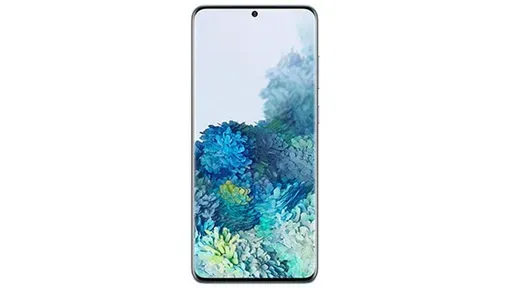
By /Jun 4, 2025
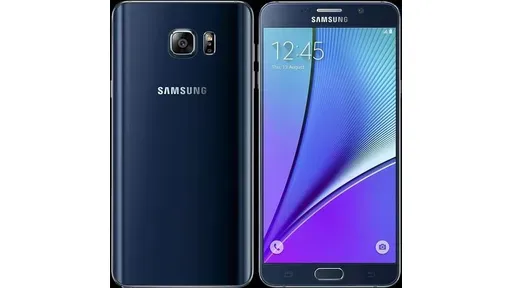
By /Jun 4, 2025
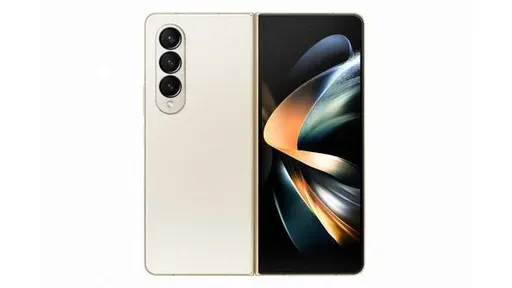
By /Jun 4, 2025
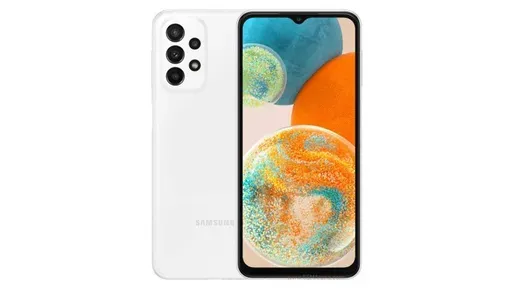
By /Jun 4, 2025
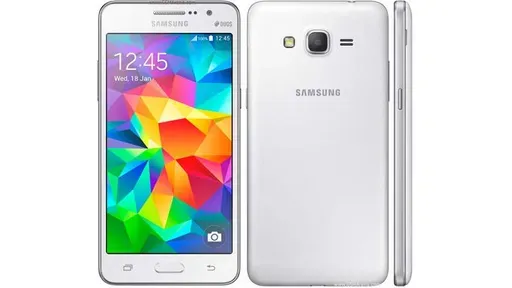
By /Jun 4, 2025

By /Jun 4, 2025

By /Jun 4, 2025
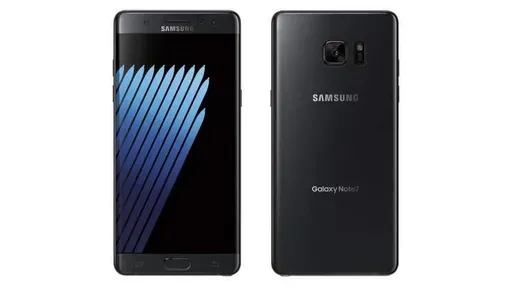
By /Jun 4, 2025
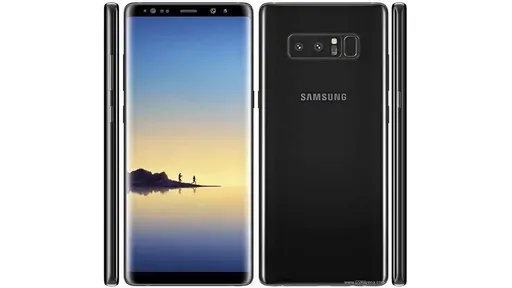
By /Jun 4, 2025
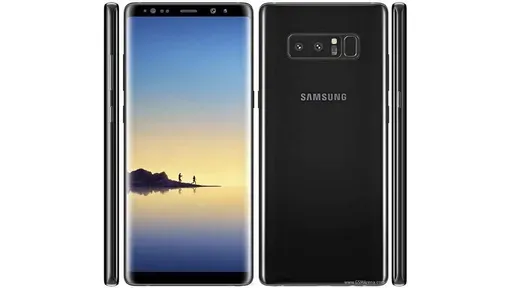
By /Jun 4, 2025
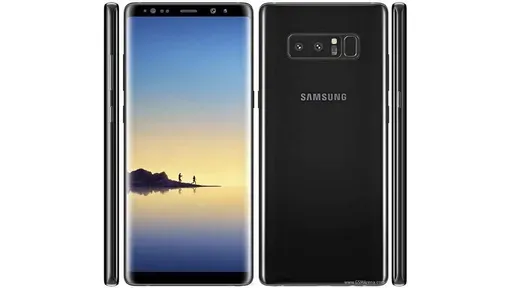
By /Jun 4, 2025
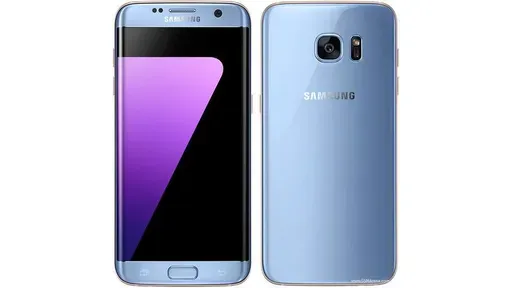
By /Jun 4, 2025
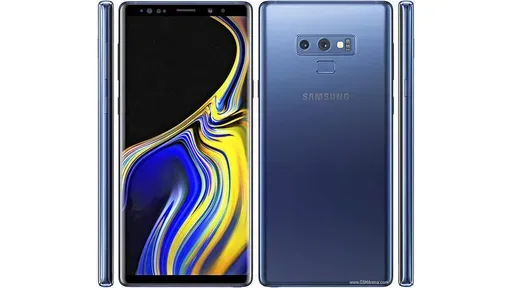
By /Jun 4, 2025
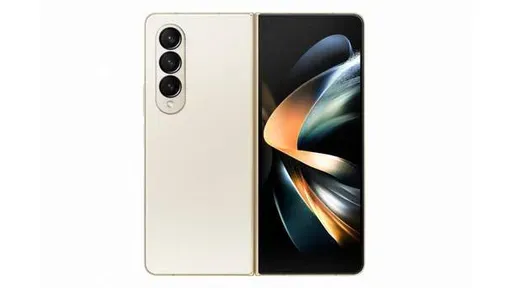
By /Jun 4, 2025

By /Jun 4, 2025

By /Jun 4, 2025
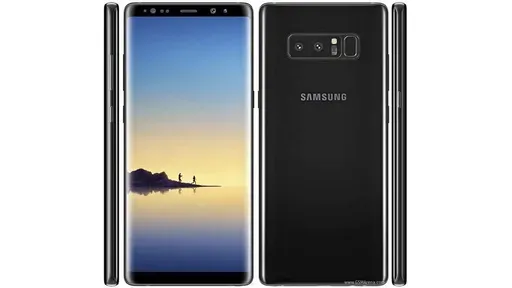
By /Jun 4, 2025
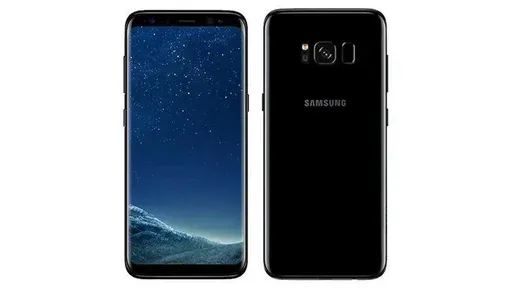
By /Jun 4, 2025
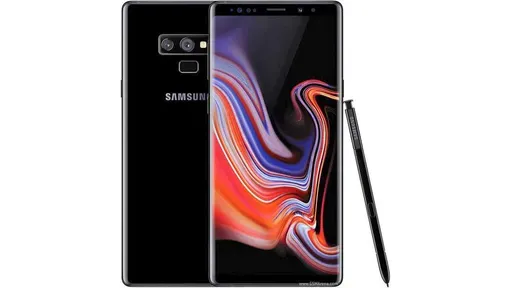
By /Jun 4, 2025
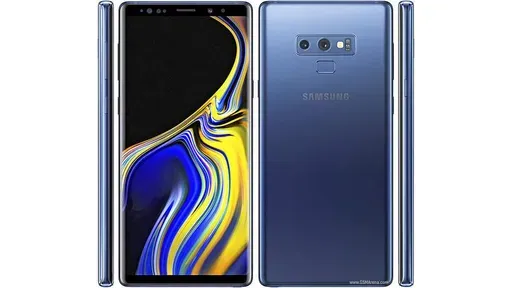
By /Jun 4, 2025
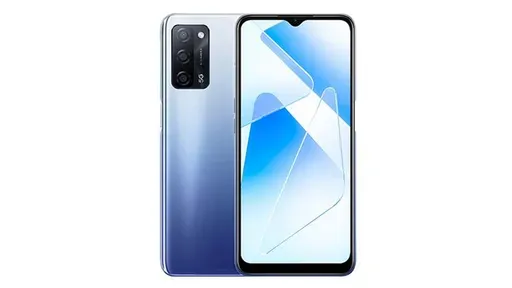
By /Jun 4, 2025
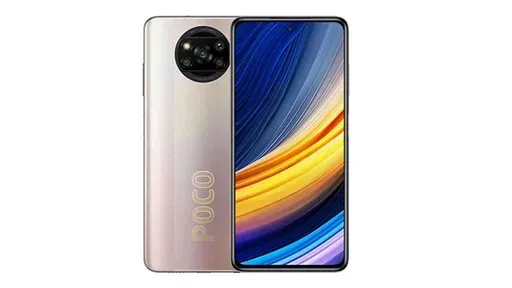
By /Jun 4, 2025
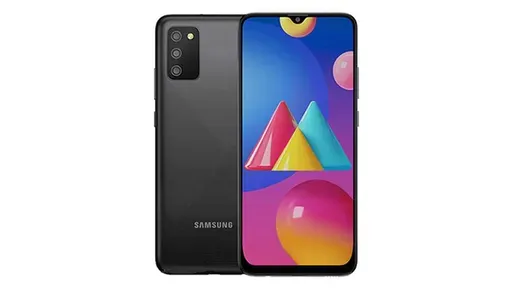
By /Jun 4, 2025
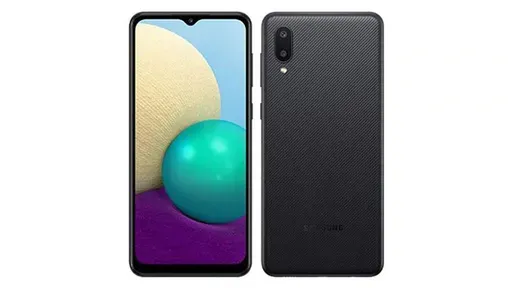
By /Jun 4, 2025
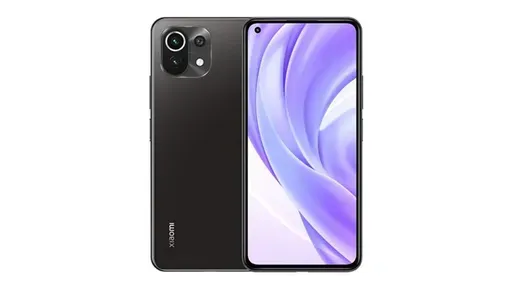
By /Jun 4, 2025

By /Jun 4, 2025
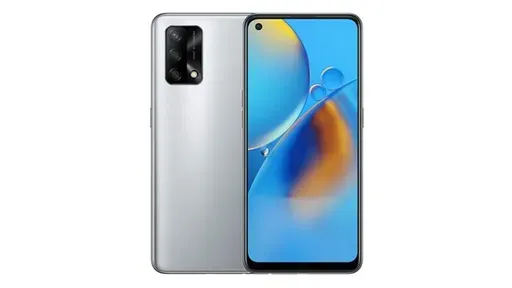
By /Jun 4, 2025
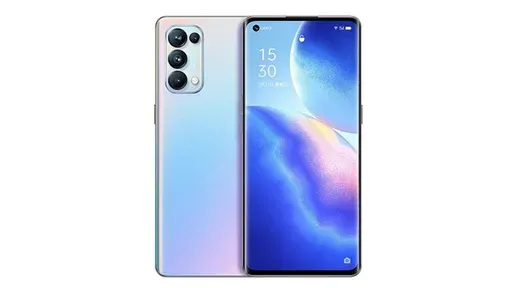
By /Jun 4, 2025
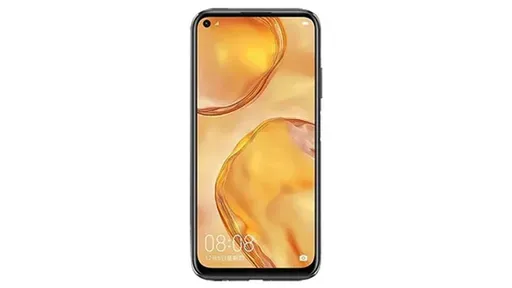
By /Jun 4, 2025
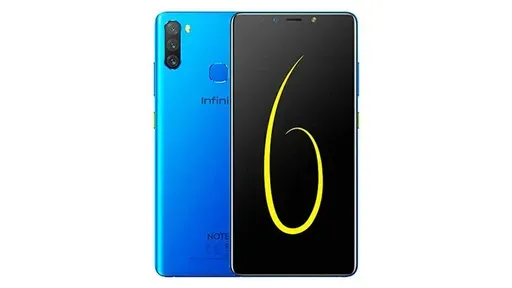
By /Jun 4, 2025

By /Jun 4, 2025